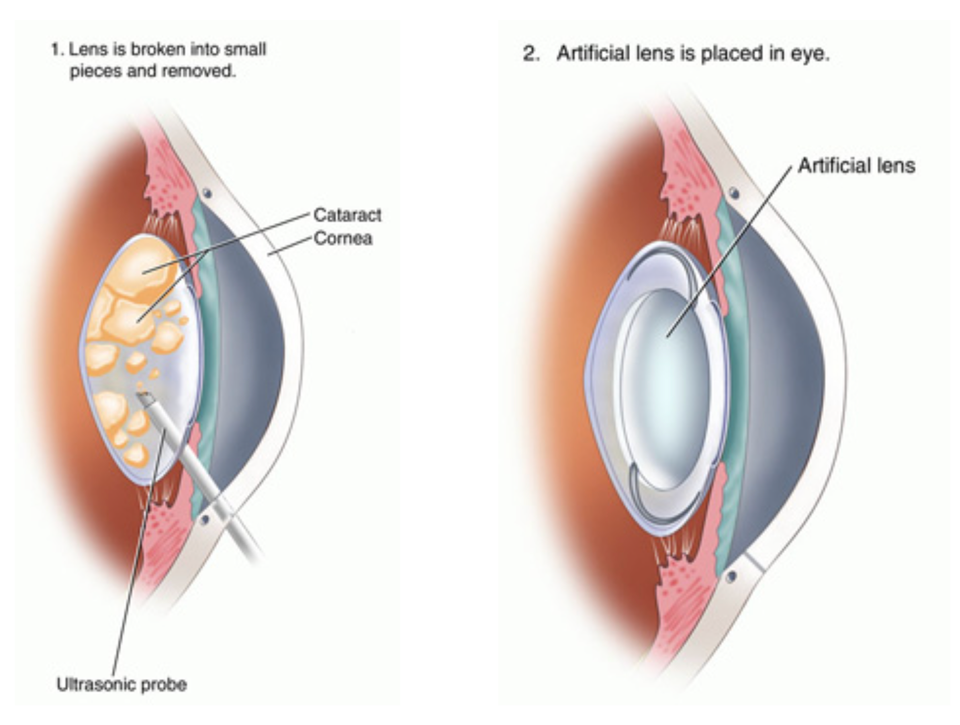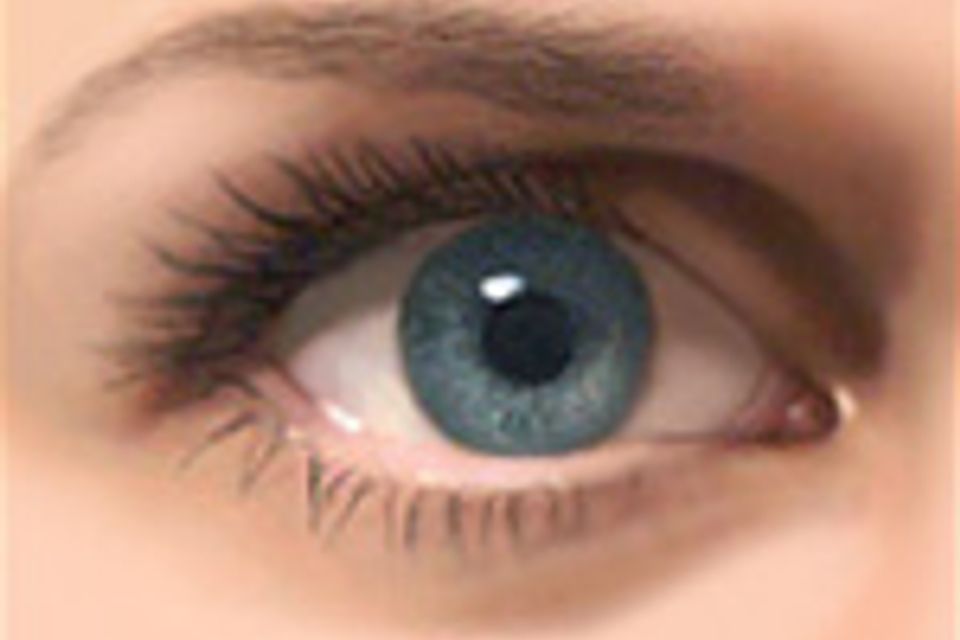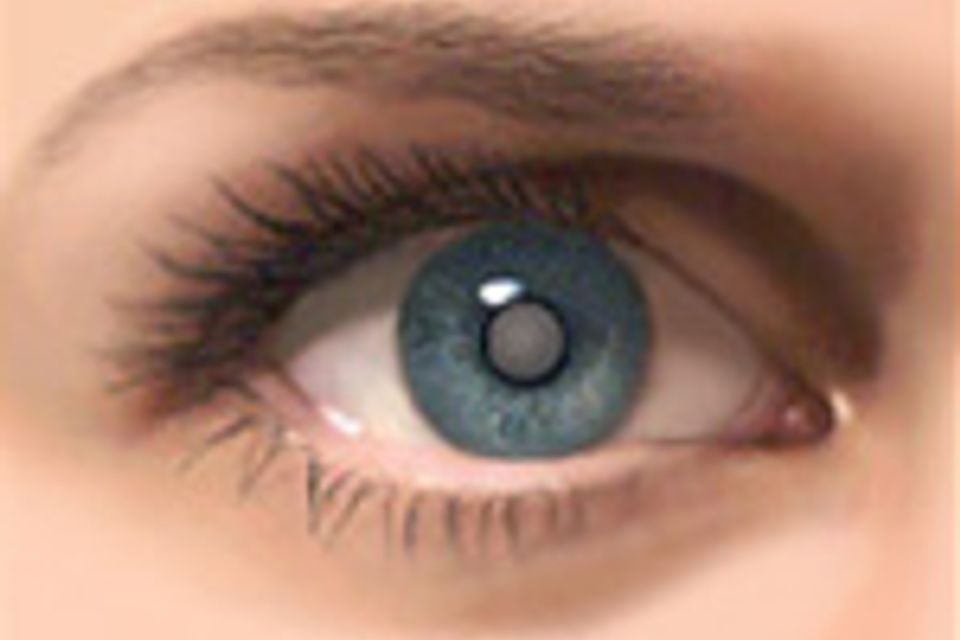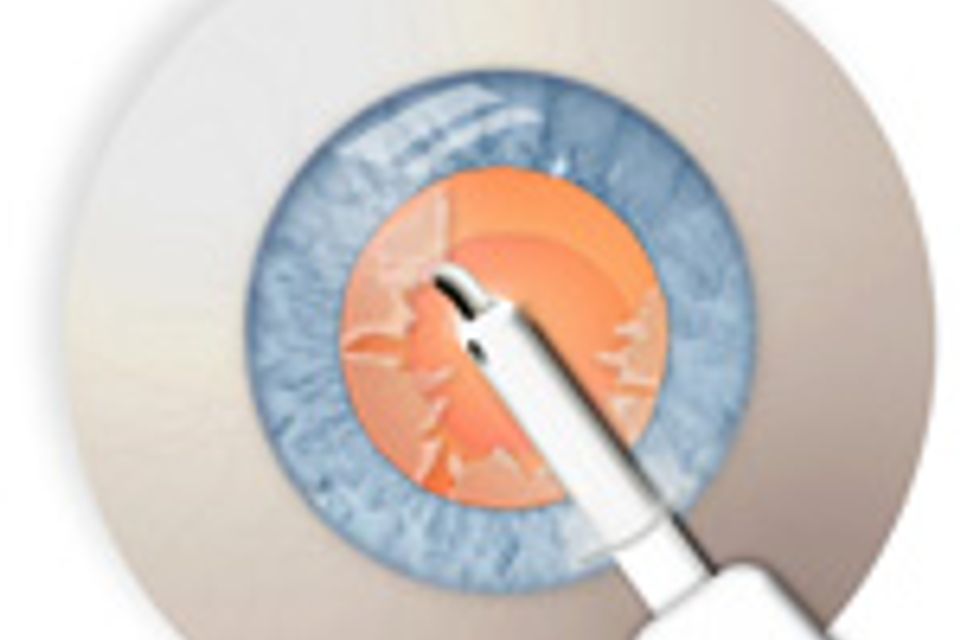
After surgery
Many patients are pleased to find that after topical, clear corneal cataract surgery their vision improvement begins almost immediately, and they return home within a few hours after the procedure. Patients may find their vision better than ever; however, some will need to wear glasses for reading and other activities following the procedure. During the initial healing
period there may be a few limitations on strenuous activities. However, most people find they are able to return to a normal lifestyle immediately, plus start doing things poor cataract vision had restricted them from doing in the past.
Capsular Clouding
During cataract surgery a clear capsule is left in place to support the lens implant. In some cases this capsule may turn cloudy months or years after surgery, creating what is sometimes called a "secondary" cataract. If this occurs, an outpatient laser procedure will quickly restore good vision.
Is Topical Anesthesia, No-stitch, No-patch Cataract Surgery For Everyone?
In most cases the topical anesthesia, no-stitch, no-patch techniques are preferred, however some patients, because of their eye structure, health or other factors, may not be good candidates for the new techniques. In these cases, patients can have traditional surgery and expect to do well. A complete eye examination and consultation with the doctor is necessary to determine each individual's specific needs and potential for improved vision.
Sight loss can be prevented
Loss of sight from the cataracts is usually preventable. With modern technology, cataracts can be removed and good vision restored when a person feels the loss of vision is great enough to interfere with daily activities.
If you are experiencing the symptoms of cataracts or other vision problems, you should obtain a complete eye examination.
Many patients are pleased to find that after topical, clear corneal cataract surgery their vision improvement begins almost immediately, and they return home within a few hours after the procedure. Patients may find their vision better than ever; however, some will need to wear glasses for reading and other activities following the procedure. During the initial healing
period there may be a few limitations on strenuous activities. However, most people find they are able to return to a normal lifestyle immediately, plus start doing things poor cataract vision had restricted them from doing in the past.
Capsular Clouding
During cataract surgery a clear capsule is left in place to support the lens implant. In some cases this capsule may turn cloudy months or years after surgery, creating what is sometimes called a "secondary" cataract. If this occurs, an outpatient laser procedure will quickly restore good vision.
Is Topical Anesthesia, No-stitch, No-patch Cataract Surgery For Everyone?
In most cases the topical anesthesia, no-stitch, no-patch techniques are preferred, however some patients, because of their eye structure, health or other factors, may not be good candidates for the new techniques. In these cases, patients can have traditional surgery and expect to do well. A complete eye examination and consultation with the doctor is necessary to determine each individual's specific needs and potential for improved vision.
Sight loss can be prevented
Loss of sight from the cataracts is usually preventable. With modern technology, cataracts can be removed and good vision restored when a person feels the loss of vision is great enough to interfere with daily activities.
If you are experiencing the symptoms of cataracts or other vision problems, you should obtain a complete eye examination.



